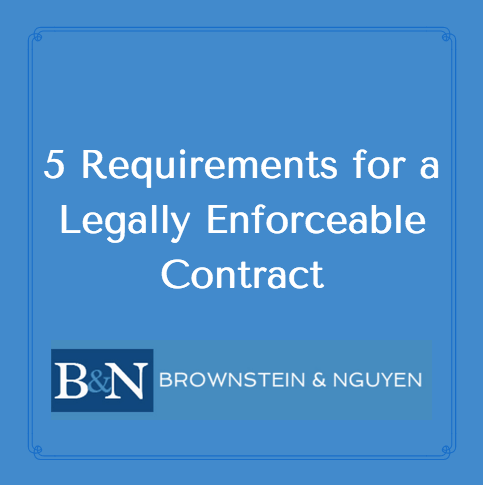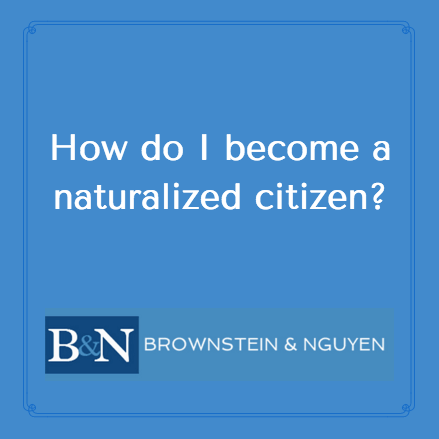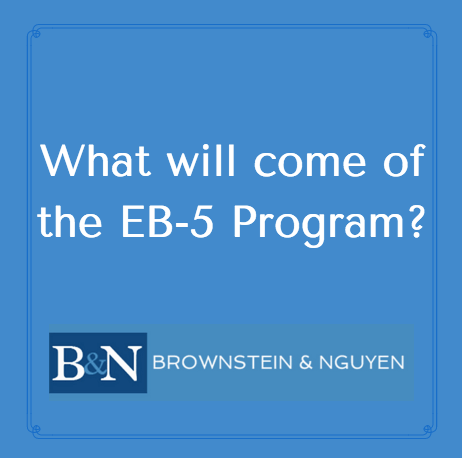There are several routes to living in the United States for prospective Vietnamese immigrants. Immigrating from another country, or helping another person immigrate, is a daunting proposition. However, armed with a little knowledge and the proper legal assistance, Vietnamese immigrants and their families will find the journey to calling the U.S. home far easier.
Immigrant and Non-Immigrant Visas
A visa is a permit that allows the holder to enter the United States. Generally, there are two types of visas: non-immigrant visas and immigrant visas. Both of these visas are obtained through a country’s American consulate.
A non-immigrant visa indicates an intention to visit, or to stay only temporarily; after this period, the individual is expected to return to their home country. In general, only immigrant visas allow for permanent emigration to the United States. However, applicants should keep in mind that the U.S. Department of State issues temporary visas to applicants who are coming to the U.S. because of a spouse or a fiancée, which last for a limited time so the applicant can apply for a permanent residency visa. This process, as well as other situations where an individual with a non-immigrant visa applies for a permanent immigrant visa, is known as “adjustment of status.”
Green Cards, Families and Employment
To immigrate to the U.S. on a permanent basis, prospective Vietnamese immigrants must apply for an immigrant visa, also called a “green card.” A green card provides lawful permanent resident status, which means that the immigrant may reside in the U.S. indefinitely, with full legal sanction.
To obtain a green card, the prospective immigrant needs to provide a reason for emigration from their home country. The two most common types of immigrant visas applied for by Vietnamese applicants are family-based visas, meaning the applicant has a family member already living in the U.S. and wants to join them, and employment-based visas where the applicant has a job opportunity in the U.S. or whose current job is being transferred to the U.S.
 Other Routes to a Green Card
Other Routes to a Green Card
There are other routes, however, that Vietnamese immigrants can use to apply for a green card. For instance, religious ministers from Vietnam working in the U.S. can apply for a permanent visa, and so can investors and job creators from Vietnam.
Additionally, the State Department allots several thousand visas each year for the so called “green card lottery”, which awards green cards randomly to applicants from less-commonly represented countries. Owing to the significant number of Vietnamese immigrants coming to U.S. each year by other means, typically very few lottery green cards are awarded to Vietnamese immigrants.
There are a finite number of green cards available each year in many of the categories. Potential immigrants or their family members can check with U.S. Citizenship and Immigration Services, to CIS, to find out how many (if any) are available for a given year.
Applying for a Green Card
First, a potential immigrant must send their application to CIS. Once CIS approves this initial application, the immigrant may proceed with the full application according to CIS’ guidelines, and provide all supplementary materials.
The prospective immigrant must submit fingerprints at a location which the CIS provides to them. The fingerprints are used to conduct a background check. The applicant must also attend an interview at a time and place CIS designates.
Applicants also need to submit to a full medical examination, and provide all corresponding records. They should also submit a document called an affidavit of support, which establishes a sponsor’s support of the immigrant’s application.
The immigration law team at Brownstein & Nguyen has helped thousands of clients with their immigration needs, including immigrant and non-immigrant visa applications. Contact us for the legal support you need and count on in pursuing U.S. residency, citizenship and other immigration needs.










